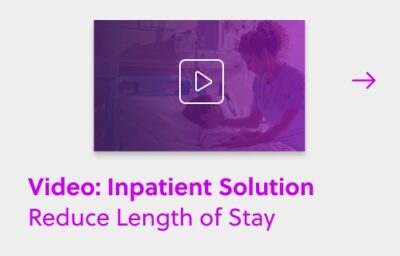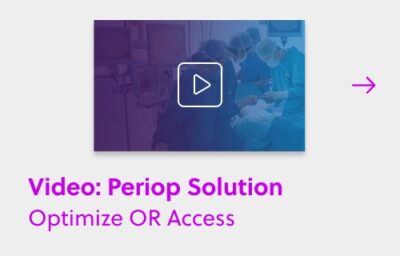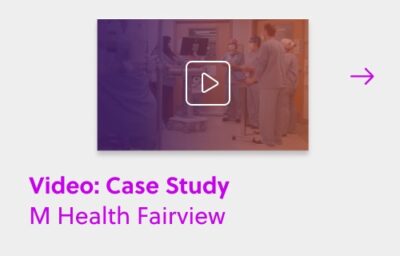This blog post is part of the Supercharging Perioperative Growth Series. To read the first installment in the series, click here.
By Mudit Garg, Co-Founder & CEO
We’ve discussed how intelligent OR automation software can pinpoint unbooked block time up to a month in advance, persuade its owner to release it, and offer it to other surgeons in a way that yields maximum benefit to both them and the hospital.
Once your hospital has optimized this process, you may find that your new efficiencies have liberated OR time that you can use to expand your market share and volumes. According to a recent survey by The Health Management Academy, 86% of health system executives say that increasing referrals and reducing leakage is important or extremely important for increasing surgical revenue.
What’s the best way to accomplish those goals, and how can artificial intelligence help? You can explore three avenues, depending on the characteristics of your market, your current services, and your strategic plan:
- Help your existing surgeons develop their practices by strengthening their referral networks.
- Encourage “splitters” who use more than one hospital to consolidate their OR use with you.
- Identify surgeons not currently affiliated with your hospital whose practices dovetail with your strategic goals, and reach out to develop new relationships.
What do these avenues have in common? Data. Through the data gathered by your AI-enabled surgical scheduling system, combined with electronic health records and other internal sources, you already have a comprehensive picture of what happens within your organization. But that data by itself can’t help you see what’s happening in your market, let alone drive the change you need.
You can expand this picture by adding recent real-world data on OR utilization patterns for your entire service area. (It’s important for this data to be recent; today’s healthcare environment changes quickly and what was happening a year ago may no longer be relevant.) Where does it come from? Insurance claims clearinghouses, the industry’s most consistent and comprehensive source of healthcare utilization data generally.
Here’s how it works. Claims data from multiple clearinghouses is combined and then stripped of identifying information to protect patient privacy. However, even though you don’t know the identity of individual patients, a process called “tokenization” lets you link together records from the same patient, creating a detailed picture of their care journey across multiple providers: not just your own facilities but all the hospitals and practices in your area. Machine learning is then applied to fill any gaps and improve the precision of the data. You can then identify practice and referral patterns: which surgeons do what types of procedures (and where), and which primary care physicians refer patients to those surgeons.
With this picture of the dynamics in your service area, you can:
- Identify physicians who refer patients to your surgeons–and which other surgeons they refer patients to. Your surgeons can use this information to see where they might be losing referrals, and take steps to strengthen their relationships with those referring physicians.
- Look at the overall utilization patterns of your “splitters.” What other facilities do they use, how often, and for which procedures? Armed with this information, you can offer block time, or tweak the time they already have, to encourage them to stick with your site, and also find out what other factors might be making other sites more appealing.
- Identify surgeons who do the types of procedures you want to attract to your organization, and see where they are performing those procedures now. This information gives you a starting point to analyze how you can reach out to these high-value surgeons and what you can do to attract them to your facilities.
Throughout this series, we’ve talked about the features that turn software into a true automation solution to drive surgical growth. Manual processes and inadequate analytics can hold you back from achieving your goals. By using automation, behavioral science, and comprehensive real-world data, you can unleash the full potential of your OR enterprise — and supercharge your perioperative growth.
Are you interested in learning about how to incorporate this technology into your strategy? Download our new white paper to learn more.


